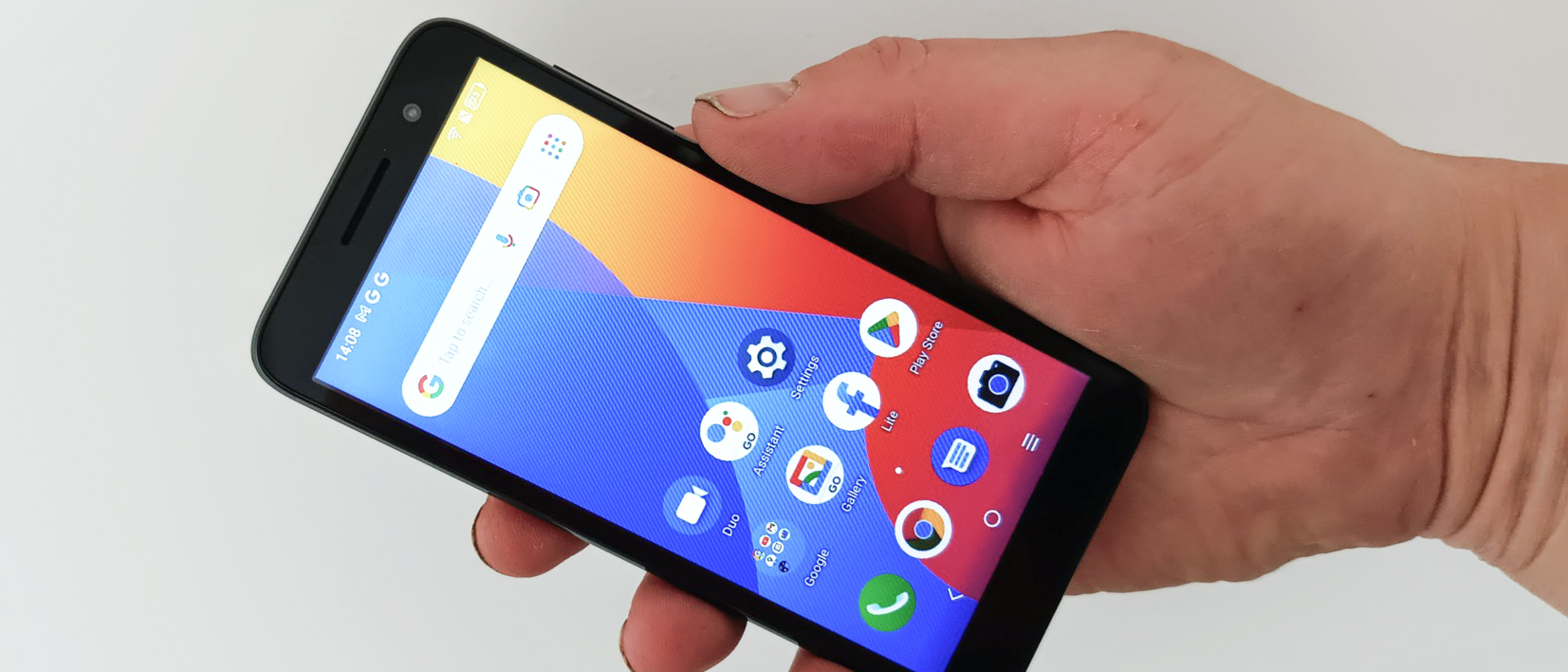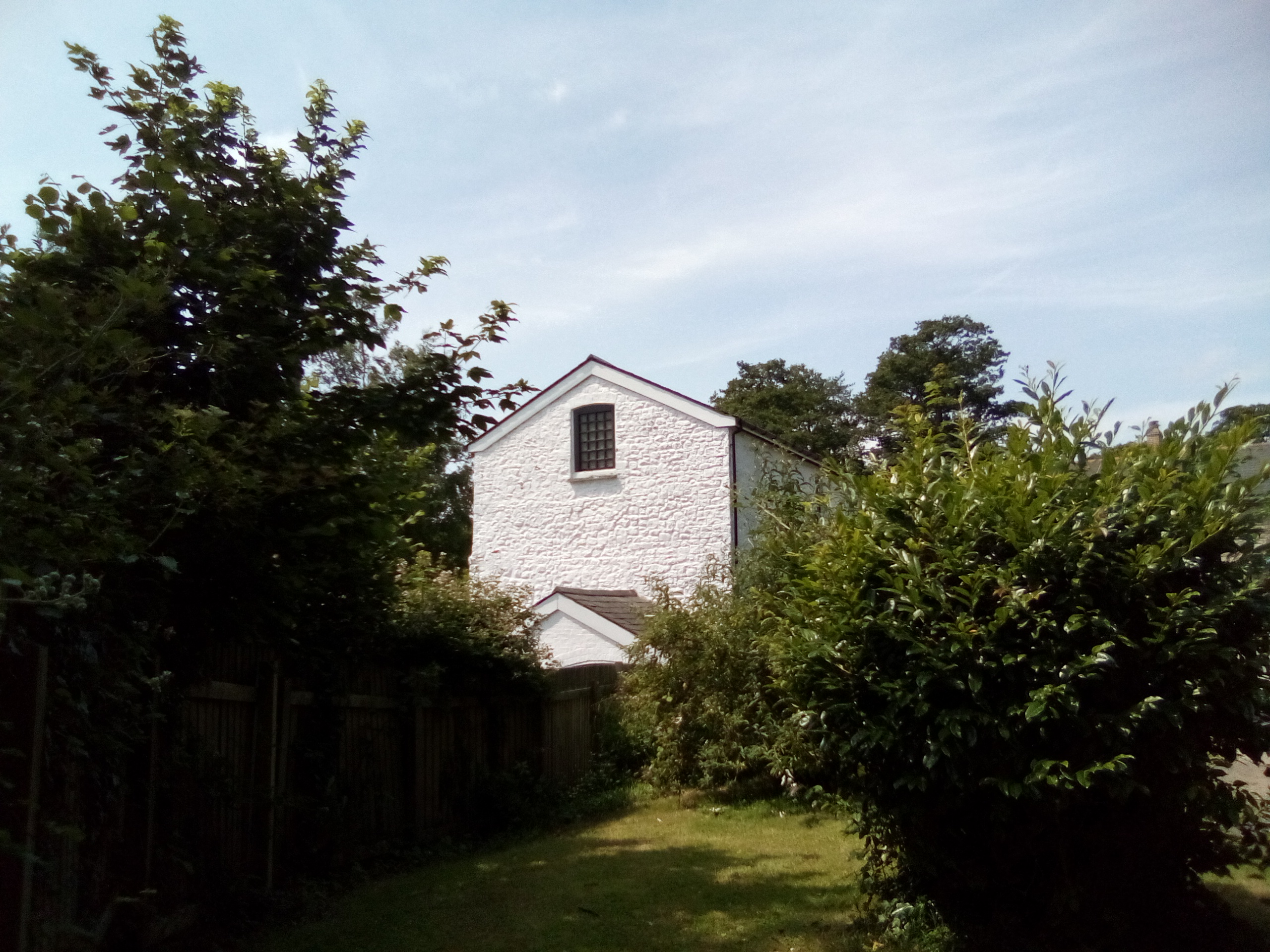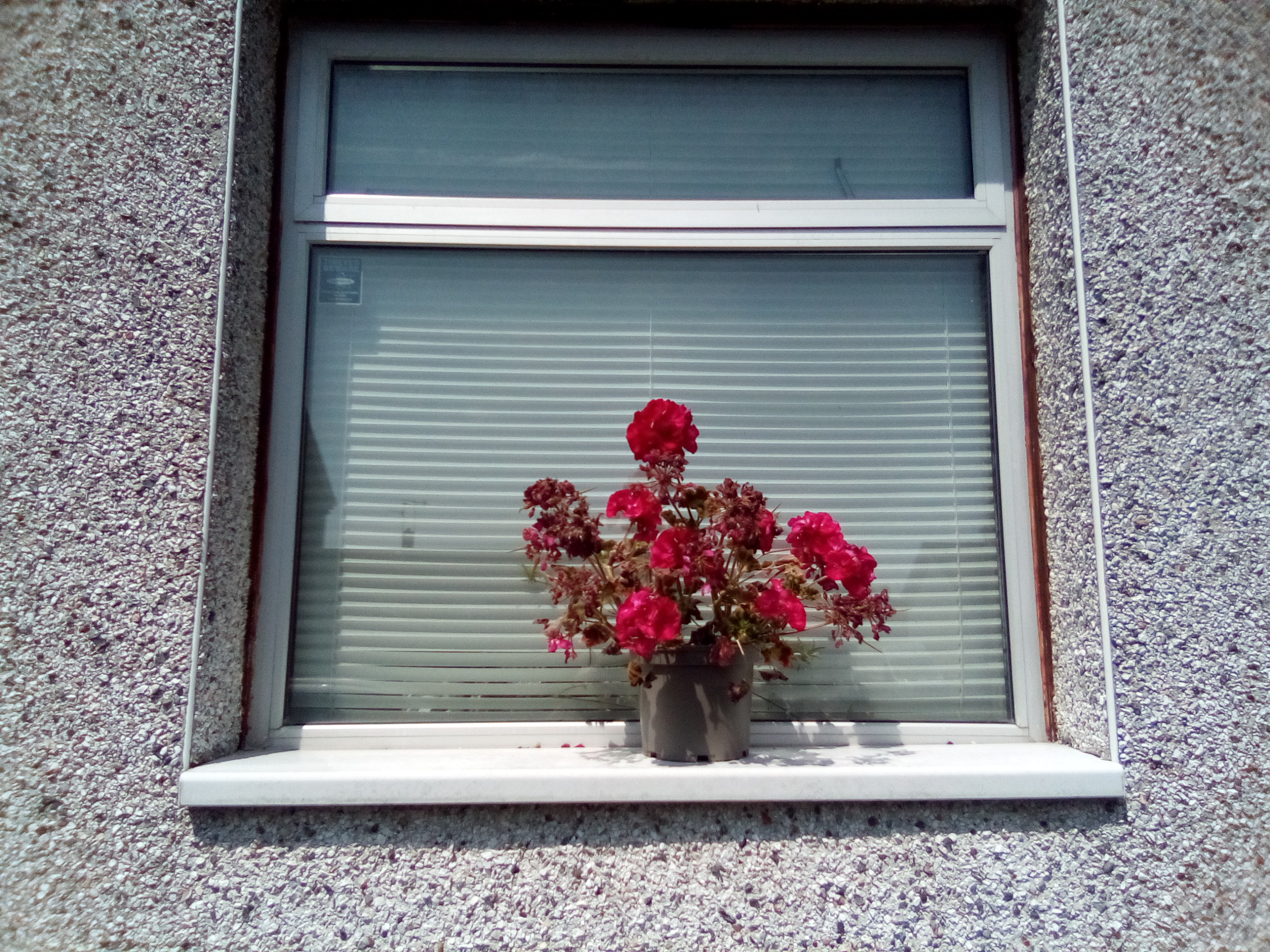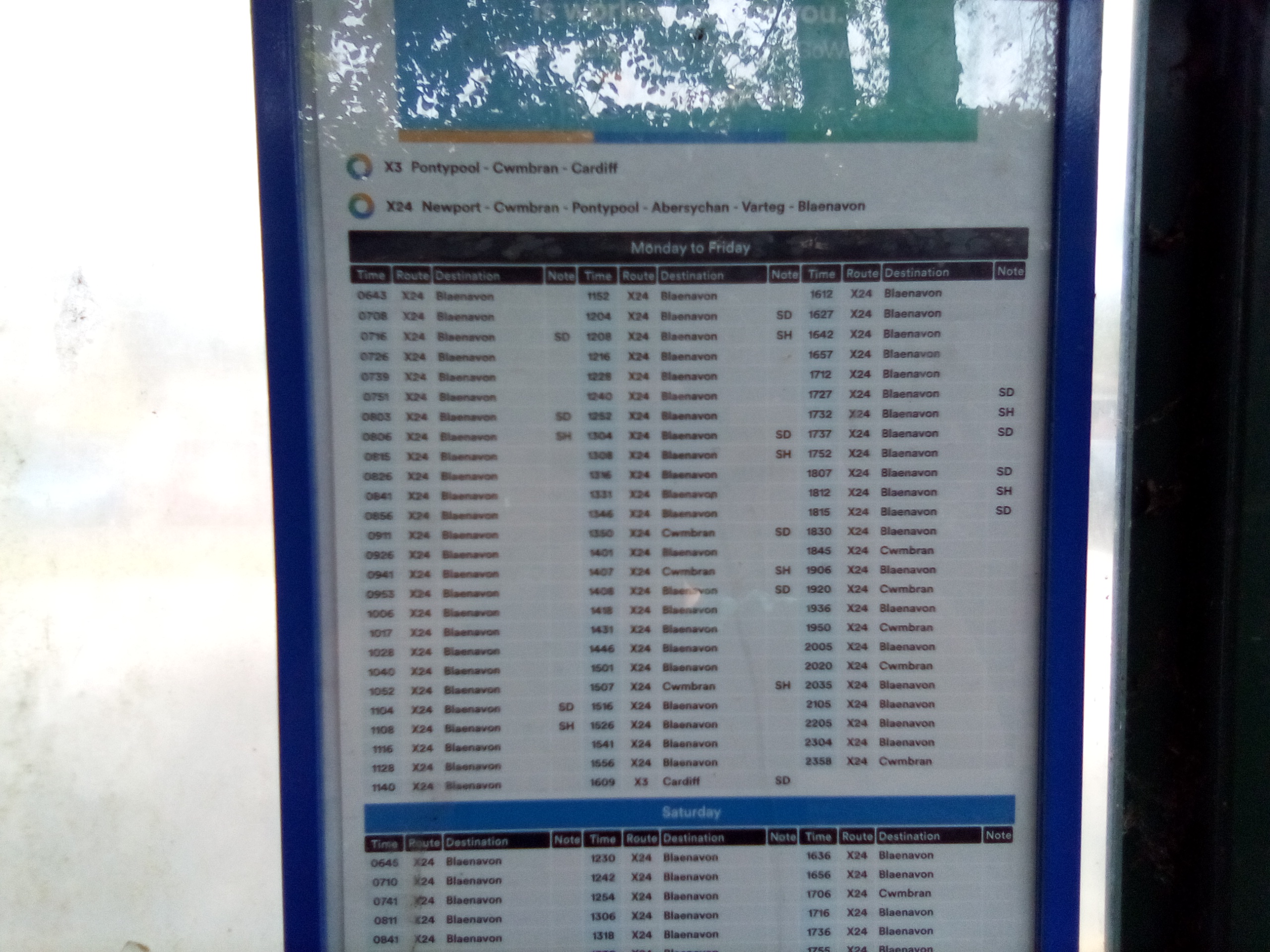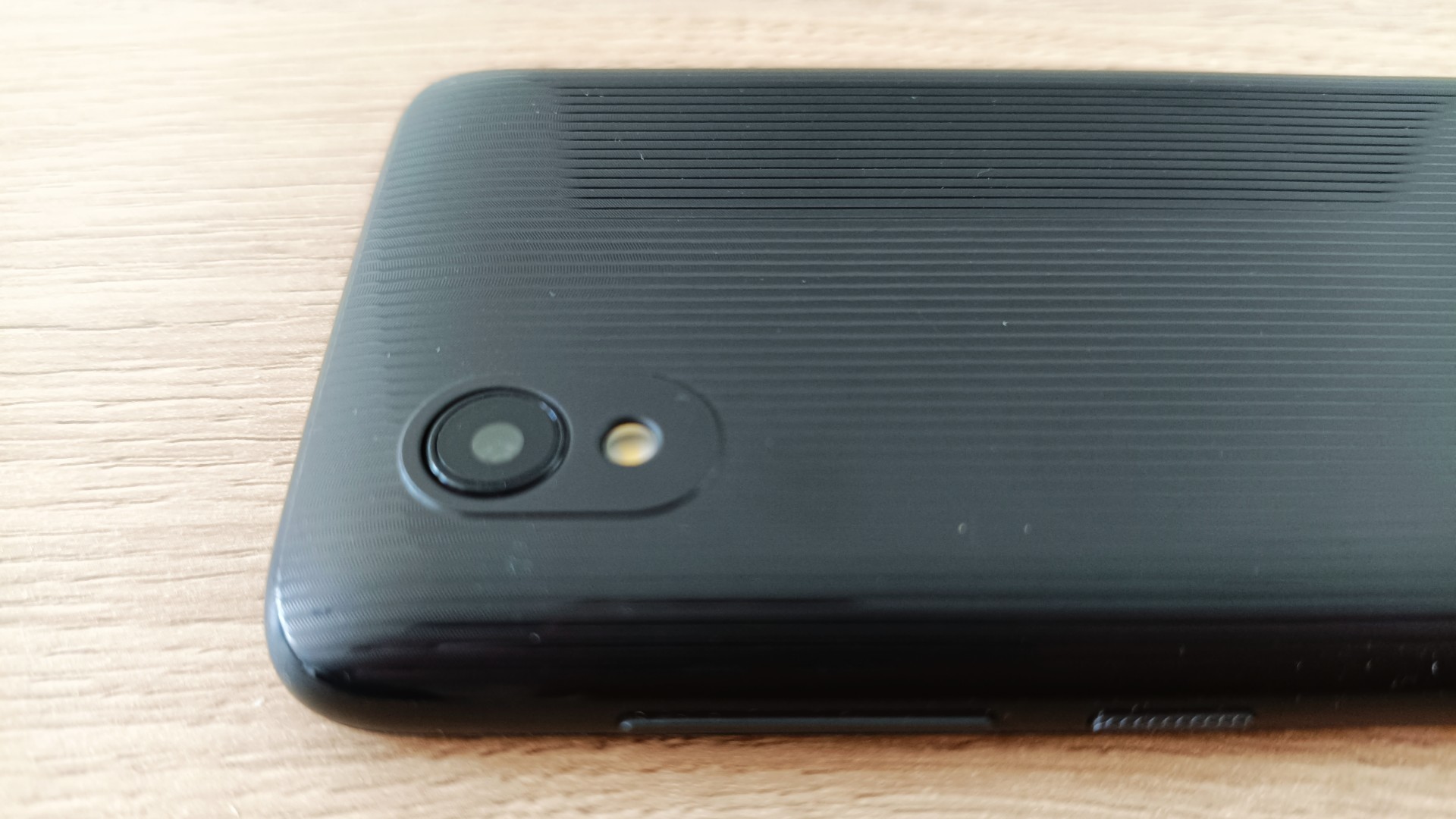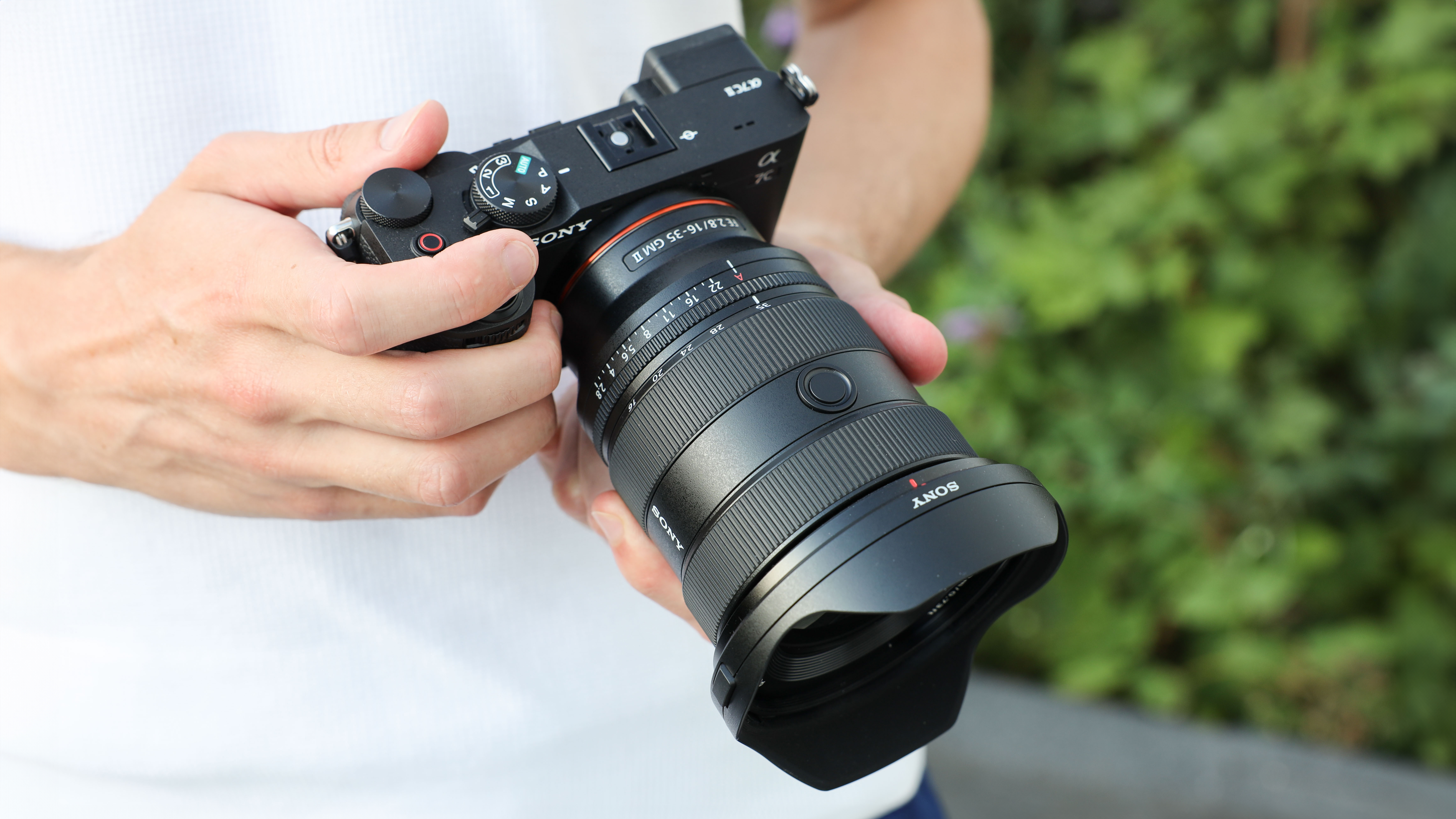Digital Camera World Verdict
The Alcatel 1 is genuinely fascinating as a piece of smartphone archaeology, but it's not much use for anything but the most basic tasks. If you need an emergency backup phone, want to give a child their first Android experience, or you're conducting some kind of smartphone-adddiction intervention, it might just work. Everyone else should look elsewhere.
Pros
- +
Less than $50
- +
Nicely pocketable size
- +
Clean Android Go experience
- +
Removable battery
Cons
- -
Very slow
- -
Limited storage
- -
Low-res, single camera
- -
Battery life collapses under any real use
- -
Won't load a lot of modern apps
Why you can trust Digital Camera World
I'll get straight to the point. Reviewing the Alcatel 1 in 2025 feels like reviewing a horse-drawn carriage on a motorway. This phone isn't just budget – it's a genuine relic from the smartphone past, somehow still being sold new today.
As photographers, we're used to backup cameras, emergency gear, and kit that just needs to work when everything else fails. The question with the Alcatel 1 isn't whether it's good – it demonstrably isn't – but whether it serves any purpose in a photographer's kit bag.
After living with this $50/£40 curiosity for several weeks, I can just about think of a few scenarios where it would make sense. But first, let me tell you exactly what you're getting into.
Alcatel 1: Specifications
Screen | 5-inch TFT LCD (960 x 480 pixels) |
Storage | 16GB internal, expandable via microSD |
RAM | 1GB |
Camera | 5MP rear (interpolated to 8MP), 2MP front (interpolated to 5MP) |
Operating system | Android 11 Go Edition |
Battery | 2000mAh removable |
Dimensions | 137.6 x 65.7 x 9.8mm |
Weight | 134g |
Alcatel 1: Pricing and availability
At around $49 / £40, the Alcatel 1 sits in truly budget territory. I mean, that's less than most camera straps. It's the kind of money you might spend on a nice lunch without thinking twice.
Consequently, this pricing actually creates an interesting dynamic; it's so cheap that the usual value calculations go out the window. The question then becomes: is there any scenario where a $49 smartphone makes sense, regardless of its limitations?
Alcatel 1: Build and handling
Picking up the Alcatel 1 is jarring if you're used to modern phones. It feels comically small and light – like holding a toy version of a real smartphone. The plastic construction screams budget, too, although it's actually quite well put together for what it is.
The removable back cover is a blast from the past. To get going, you have to pop off the rear panel and slot in the battery before first use, just like phones from the early 2010s. There's something almost charming about this old-school, primitive approach.
The best camera deals, reviews, product advice, and unmissable photography news, direct to your inbox!
The 5-inch screen seems small by today's standards, but it's perfectly usable with one hand. The chunky bezels mean the phone feels bigger than its screen size suggests, but it still slips easily into any pocket. The physical buttons have decent feedback, and the overall build feels solid enough to survive being thrown into a camera bag.
One unexpected benefit: this phone is so unremarkable, it's virtually theft-proof. Few people are going to bother stealing a phone they've never heard of, that looks like it came from 2015.
Alcatel 1: Performance
Here's where things get properly medieval. The MediaTek MT6739 processor with just 1GB of RAM creates an experience that can only be described as glacial. Apps take forever to load, switching between tasks feels like wading through treacle, and the whole system has a creaky, struggling quality.
The 16GB of internal storage fills up almost immediately once you install a few apps. The microSD card slot becomes essential rather than optional. And don't even think about installing photography apps like Lightroom Mobile or VSCO; they simply won't run.
But here's the thing: if you set your expectations at rock bottom, the Alcatel 1 does actually function. It makes calls, sends texts, runs WhatsApp (slowly), and can handle very basic tasks. The Android 11 Go Edition helps by providing lightweight versions of Google's apps, though even they can't work miracles with the ancient hardware.
For photographers, this creates some interesting use cases. Want something people can use to call you, without worrying about expensive equipment? Then it's perfect. Need a phone that can receive location pins from clients, but won't tempt you to scroll Instagram during a shoot? The Alcatel 1 is physically incapable of providing a decent social media experience, and some might consider that a bug, not a feature.
The 2000mAh battery presents another contradiction. Under light use – just calls, texts, and occasional WhatsApp – it'll last a full day quite comfortably. But the moment you ask it to do anything more demanding, the battery life collapses dramatically. An hour of video streaming can drain nearly 20% of the battery. The phone also gets noticeably warm during charging, which takes an age via the included micro-USB cable.
The removable battery is actually a hidden advantage, though. If you're heading somewhere remote for a shoot, you could theoretically carry a spare battery for true emergency backup. Try doing that with your iPhone.
Alcatel 1: Photography
The cameras on this phone are as limited as you might expect from the price. The 5MP rear camera (which Alcatel optimistically claims is "interpolated to 8MP") produces images that look like they were taken in another decade. Yes, the resolution is much better than a cheap burner phone, such as the Nokia 110 4G's 0.3MP sensor. But for a smartphone, it's pretty poor.
Typically, you'll get washed-out colors, nonexistent detail, and a complete inability to handle any kind of challenging lighting from these cameras. To anyone who's used a mid-range or premium modern phone, it's a startling sign of how far the tech has come since the Alcatel 1 was first released. The 2MP front camera ("interpolated to 5MP") is even worse, producing selfies that look very pixellated compared with what we've all become used to.
That said, sometimes you don't need good photos: you need reference shots, quick notes, or emergency documentation. If so, you'll be pleased to know the Alcatel 1's camera can (just about) handle photographing a bus timetable, a parking sign so you remember where you left the car, or a location detail for later reference.
On the plus side, the camera app itself is mercifully simple, with basic modes and no pretense of advanced features. There's no night mode, no portrait mode, no HDR – just point, shoot, and hope for the best.
In the same way as slow internet can be a benefit for digital detoxers, a poor camera can be a benefit for anyone working on their technique (see: I bought a phone with a terrible camera – and it made me a better photographer). At the same time if I'm looking for good things to say about this phone and that's the best I can come up with, we're certainly in dodgy territory.
Alcatel 1: Verdict
So where does this leave us? I can't lie: the Alcatel 1 is objectively a terrible phone that I wouldn't recommend to anyone looking for a primary device.
What about a secondary device, though? An emergency backup in case your main phone dies during a shoot, and you want to call and receive messages? Or a loaner you can give a location scout or assistant a phone for the day? (The Alcatel 1 costs so little that losing or breaking it won't be the end of the world.)
Well, maybe. Alternatively, a dumbphone could be even cheaper, but at least the Alcatel 1 does offer smartphone capabilities, even if they aren't actually very capable. So on balance, there is a small window between super-cheap and "lets you check emails and Facebook" that this might fit into.
Ultimately, though, if you can afford to get something better, I'd urge you to do so. Because while this antique smartphone is still on the market, I don't honestly think it should be.
For other options check out our guides to the best burner phones
Tom May is a freelance writer and editor specializing in art, photography, design and travel. He has been editor of Professional Photography magazine, associate editor at Creative Bloq, and deputy editor at net magazine. He has also worked for a wide range of mainstream titles including The Sun, Radio Times, NME, T3, Heat, Company and Bella.
You must confirm your public display name before commenting
Please logout and then login again, you will then be prompted to enter your display name.
